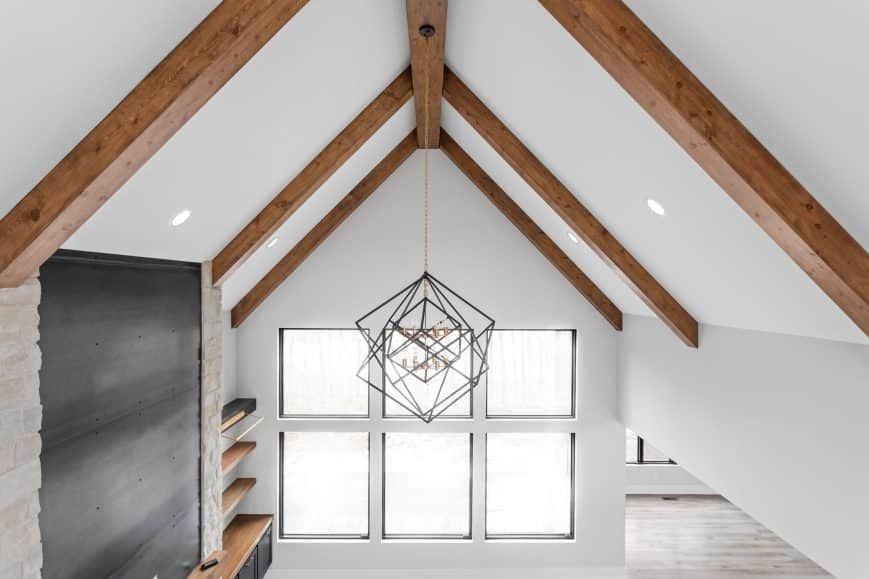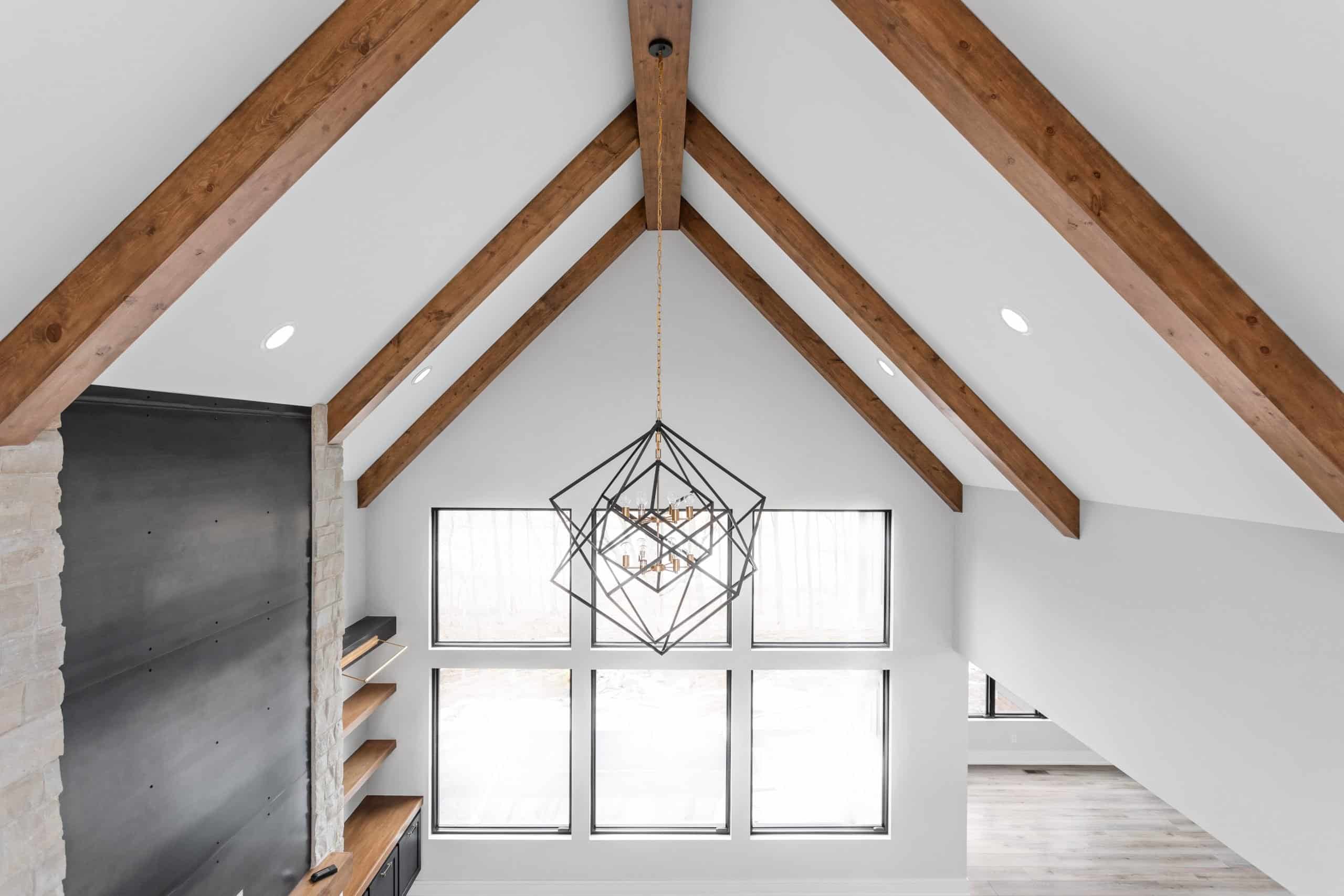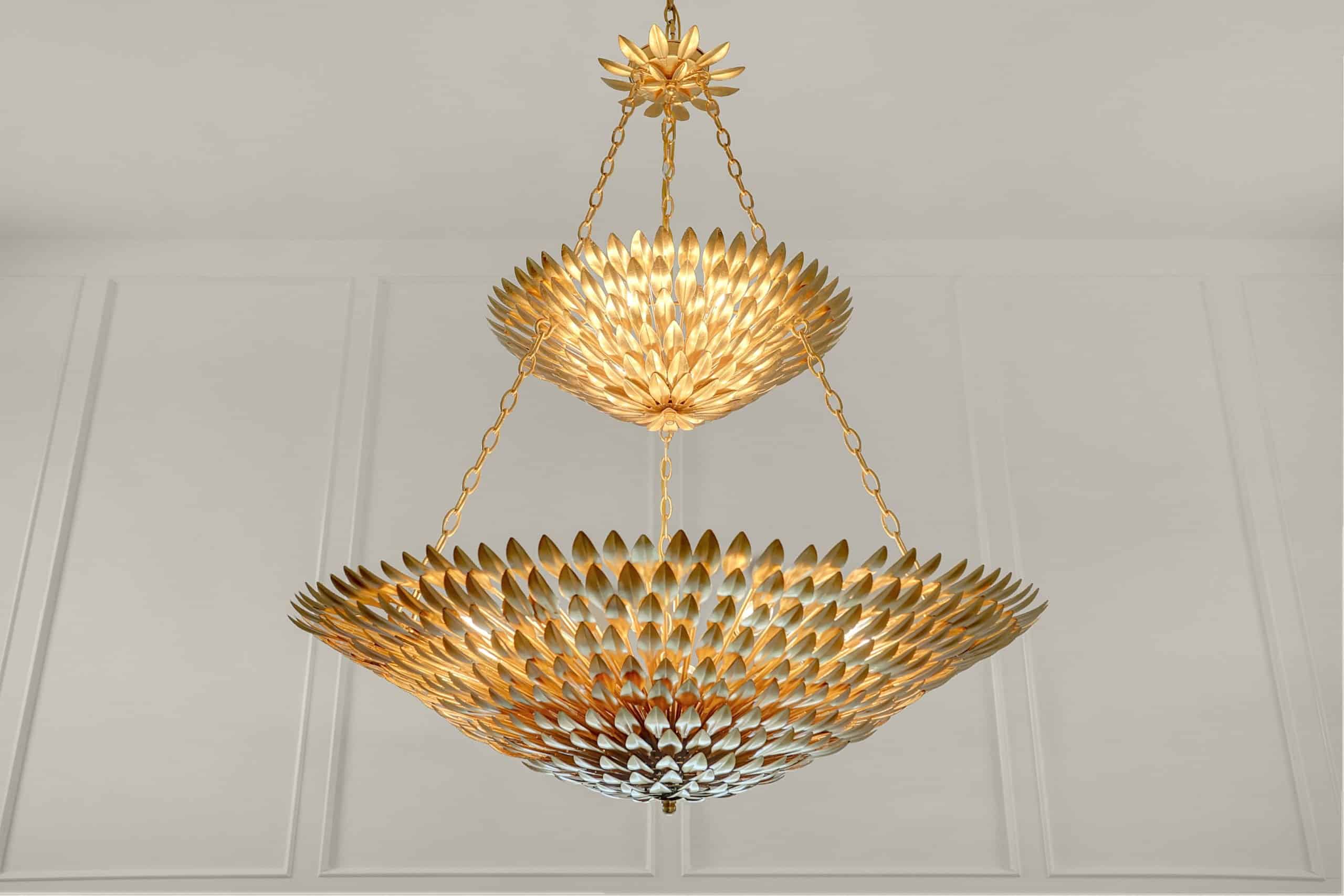A great lighting design should make a home feel bigger.
A great lighting design should make a home feel bigger. It should add depth and height, drawing attention to the artwork, furnishings, and architectural details of the house while also blending into the aesthetic of the home. By using a mixture of different fixture types and beam spreads, adjustable fixtures, wall washing fixtures, and wall grazing fixtures, you can invite warmth, energy, and/or relaxation to a space.
To create a lighting plan that works for you, meet with a dedicated lighting architect who can walk you through options and trends in the industry. TRI-Phase Technologies created a state-of-the-art “light lab” to allow builders like Joe Garcia, owner of G&G Custom Homes, to demonstrate these lighting options to his clients when the home is just a set of prints.
“Some customers don’t want an app that turns lights on and off, but they still want fantastic lighting throughout the space,” says Sean Bartram, Design Consultant with TRI-Phase Technologies. “Others want the fixtures placed according to how they’ll use the home and then want to tie them into a Smart lighting system.”
A lot of customers aren’t even aware they have choices. They assume they’re going to get a six-inch can with a bulb that screws into it versus a fully integrated LED fixture.
“It’s fun to walk people through the light lab and educate them,” says Bartram. “There tends to be a lot of ‘wow’ moments.”
Bartram notes that the bulk of the fixtures they’re selling are three- and four-inch round or square although there’s a trend to move towards one- and two-inch fixtures. Another trend Bartram is seeing is decorative “Globe” lighting with lots of little round clusters.
“Milky glass white shades over the lights is really popular now, as is frosted glass,” says Bartram, who notes that modern deco is also big. “The brass and black fixtures with 1920s Gatsby jazz era vibe are incredibly popular with decorative sconces, chandeliers and even lighting control. For example, Lutron has an attractive line of keypads called Alisse that come in a brushed brass tone called Champagne.
“They remind me of the 1920s elevator buttons,” says Bartram.
The key to accent lighting is knowing not to light a space with them. If you walk into a dining room where a decorative fixture like a chandelier is the only lighting in the room, it’s a huge glare bomb to your eyeballs since it’s usually hung at eye level. Glare bombs can be even worse outdoors when it’s dark and you’ve got sconces shining right in your eyes, limiting your vision and detracting from the nighttime sky. This is why, ideally, wall sconces should shoot down to highlight a path or walkway.
Bartram says that the first thing he and his team look to do is to rid homes of what he calls “wall acne,” which is when you have banks of light switches on various walls.
“Our goal is to clean up the walls with a clear concise keypad that can cue various scenes with the touch of a button,” says Bartram. For instance, a “prepare” button in the kitchen makes everything bright so you don’t lose a digit when chopping veggies. After dinner, you can tap the “relax” button so that recessed lights go off and accent lighting comes on. A “goodnight” button turns off televisions, closes shades, and fades lights throughout the entire house in 30 seconds.
TRI-Phase has both new construction and retrofit solutions for lighting control. Starting with G&G Custom Homes and a blank canvas is the ideal way to go, however.
“Leading the homeowners early, being able to lay out the lighting, showing them our lighting lab, and discussing lighting control sets us up for success,” says Bartram.
Bring your dream home into focus with just the right light by contacting G&G Custom Homes today.
All rights are reserved, Haven. Story credit: Haven Magazine, 2023.




